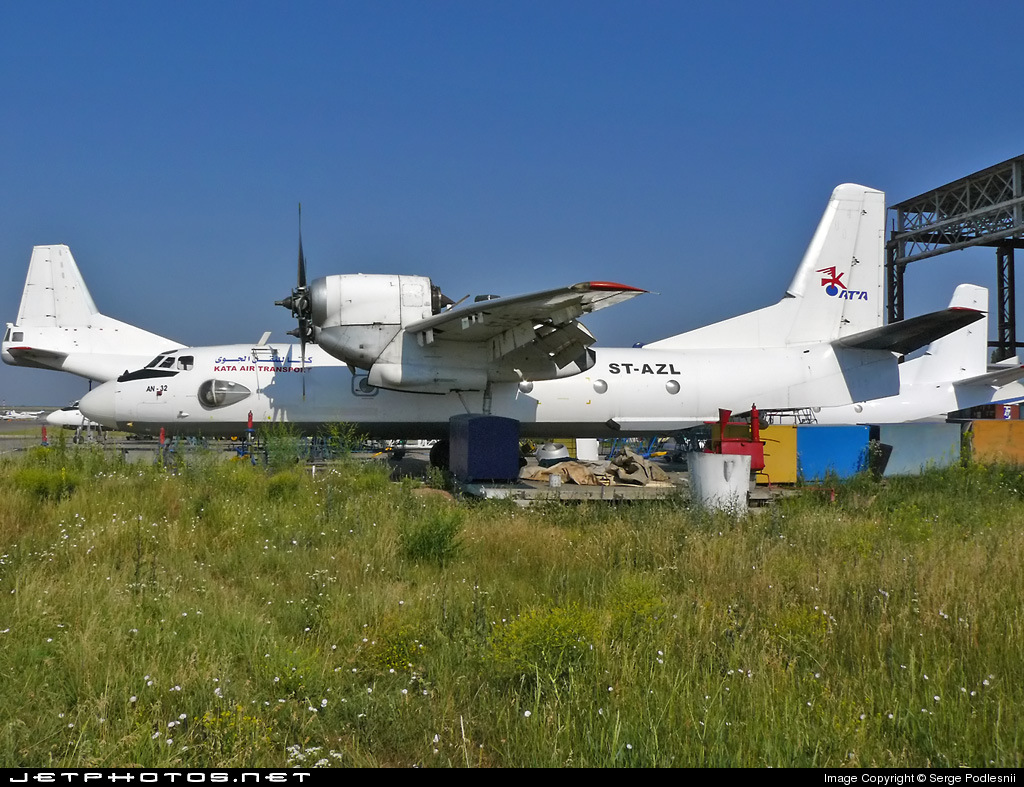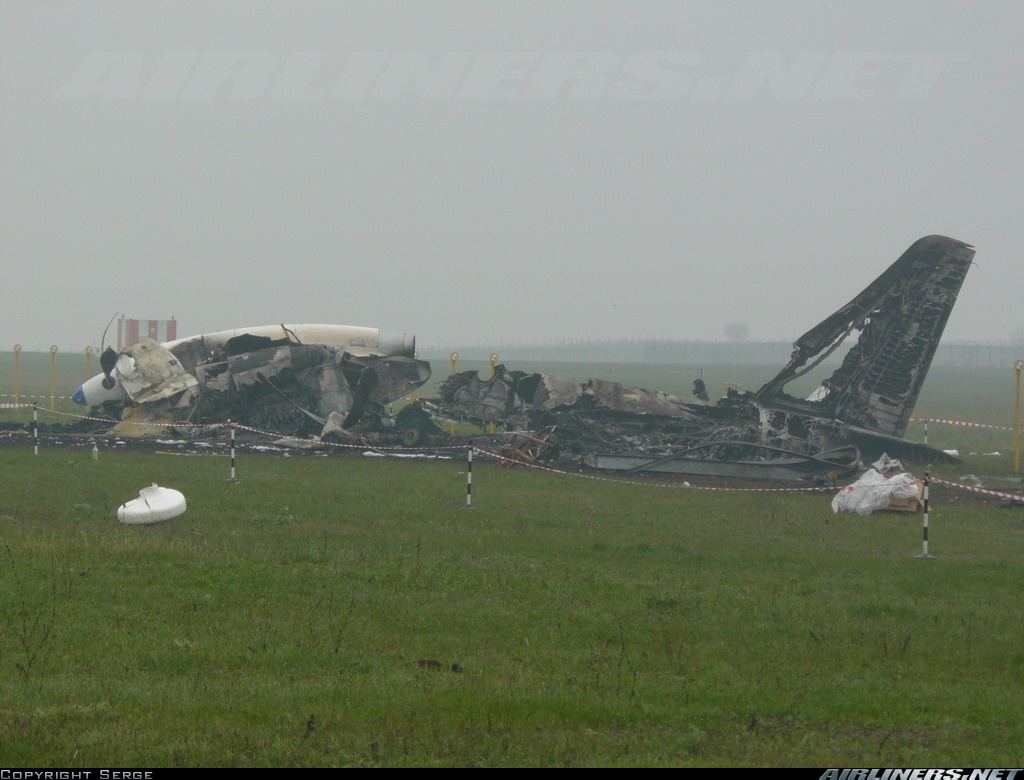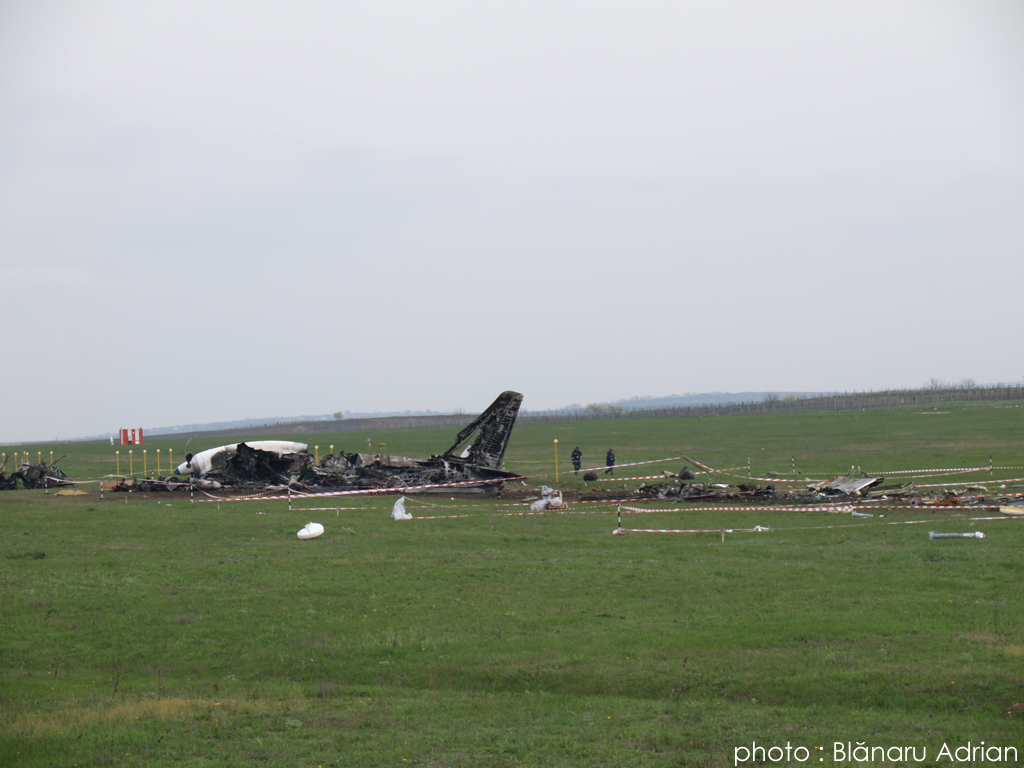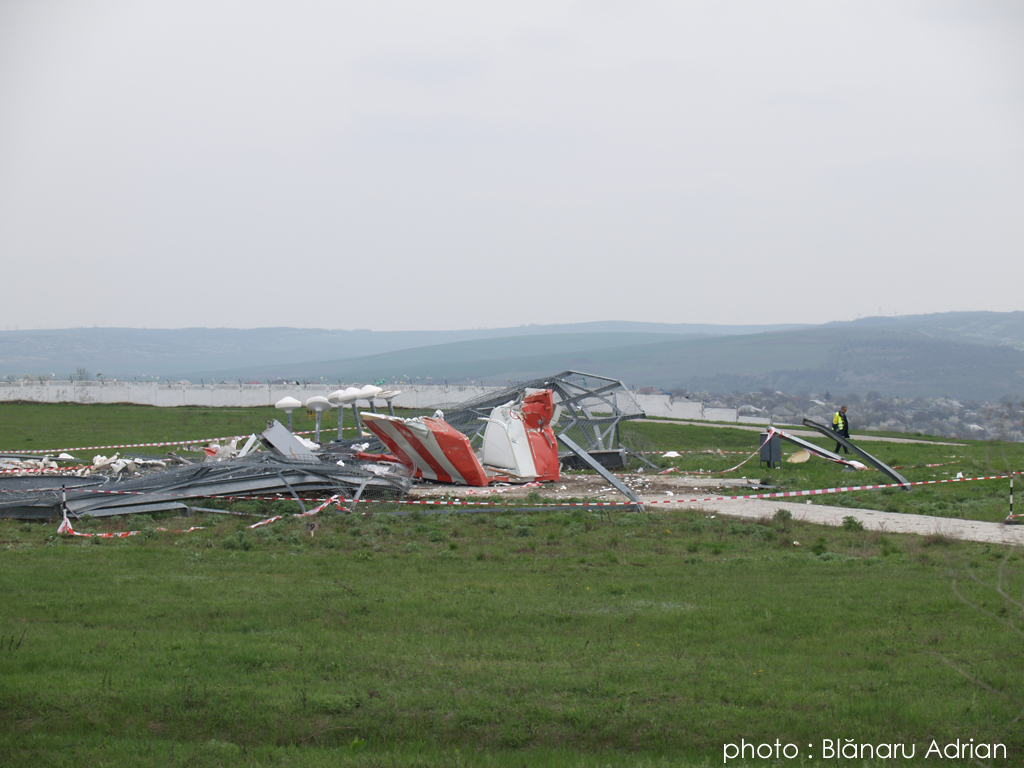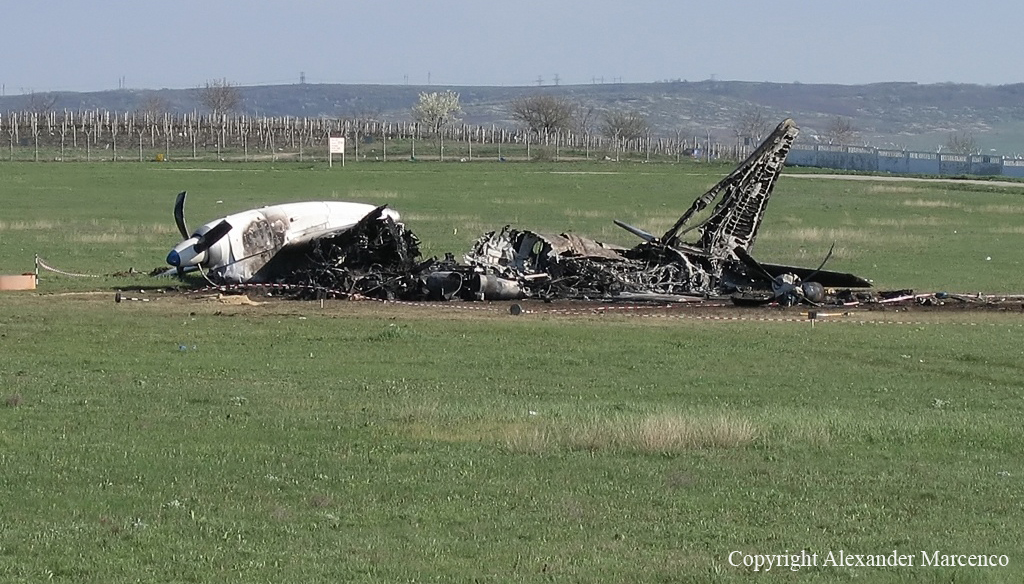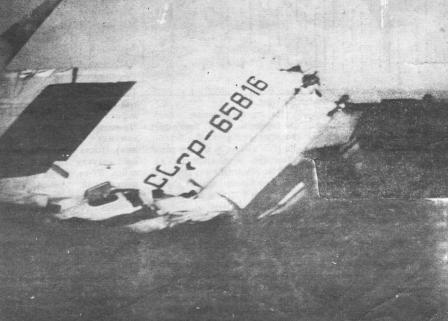Crash of an Antonov AN-32B in Chişinău: 8 killed
Date & Time:
Apr 11, 2008 at 2217 LT
Registration:
ST-AZL
Survivors:
No
Schedule:
Chişinău – Antalya – Khartoum
MSN:
30 09
YOM:
1992
Crew on board:
4
Crew fatalities:
Pax on board:
4
Pax fatalities:
Other fatalities:
Total fatalities:
8
Aircraft flight hours:
2668
Aircraft flight cycles:
1954
Circumstances:
Following a maintenance program in Chişinău, the aircraft was ferried back to Khartoum via Antalya. On board were four passengers, four crew members and a load consisting of 2 tons of oil and various equipments. Shortly after takeoff, while in initial climb, the crew informed ATC about the failure of the transponder and was cleared for an immediate return. Too low on final approach, the aircraft struck the ILS antenna and crashed in a field located 200 metres short of runway, bursting into flames. All 8 occupants, among them 4 technicians, were killed. The aircraft was totally destroyed by a post crash fire.
Probable cause:
The accident was the consequence of a premature descent on part of the crew, combined with an incorrect evaluation of the altitude while completing a visual approach by night. The crew had little experience with night flights, which was considered as a contributing factor.
